Philippine Lifestyle
People

Warm, welcoming, and relentlessly upbeat characterize the typical Filipino or Pinoy. It is them who will ensnare you and make you fall in love with this country. Historically the Filipino spirit has been tried and tested – from foreign invaders, to Martial Law rulers, to devastating typhoons. These challenges have strengthened our faith and developed our resilience as a nation. Sometimes it seems that the ordinary Pinoy does not have any problems because you will see him laugh so loud and take life easy. If not laughing, you will find us belting out a song in the videoke or karaoke in leisure time. Often, we value other people’s sake before our own. Surely, we will always have a hand ready to help you even if we are penniless, in tears, or drenched in floodwaters.
Family and Values

You will see traditional Filipino values through how we treat our elders. We say ‘po’ or ‘opo’ when we talk to our parents, grandparents, and the elderly as a sign of respect. The Filipino family is tight-knit. Children do not move out of the house until they decide to get marry and start their own family. Some children do not move out of the house at all; they stay with their parents until they grow old and take the responsibility of caring for their aging parents. You will notice that Filipinos tend to have large and extended families – it often includes the grandmother (lola) and the grandfather (lolo), cousins, and the aunt (tita) and the uncle (tito).
Language
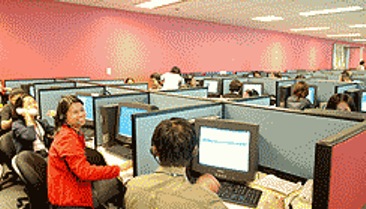
Language will not be a barrier for you here in the Philippines. Almost every Filipino, from an office worker to a cab driver to a street sweeper, can understand and speak some English. Our country is in fact the third largest English speaking nation in terms of population – and the second largest business process outsourcing (BPO) market – because of our proficiency in the English language. English is widely used across the country, and is the medium of instruction in higher education. Aside from English, you will hear us speak our other official language, Filipino. This local language is Malay in origin and based on Tagalog, a national language. You will also meet Filipinos who speak their regional language or dialect. There are about 120-170 distinct indigenous Philippine languages, including Tagalog, Cebuano, Ilocano, Hiligaynon or Ilonggo, Bicol, Waray, Kapampangan, and Pangasinense. But don’t you worry if you can’t speak any of these dialects. We will understand you and would deeply appreciate you making even just an attempt to speak our language. Salamat po (Thank you)!
Arts and Culture
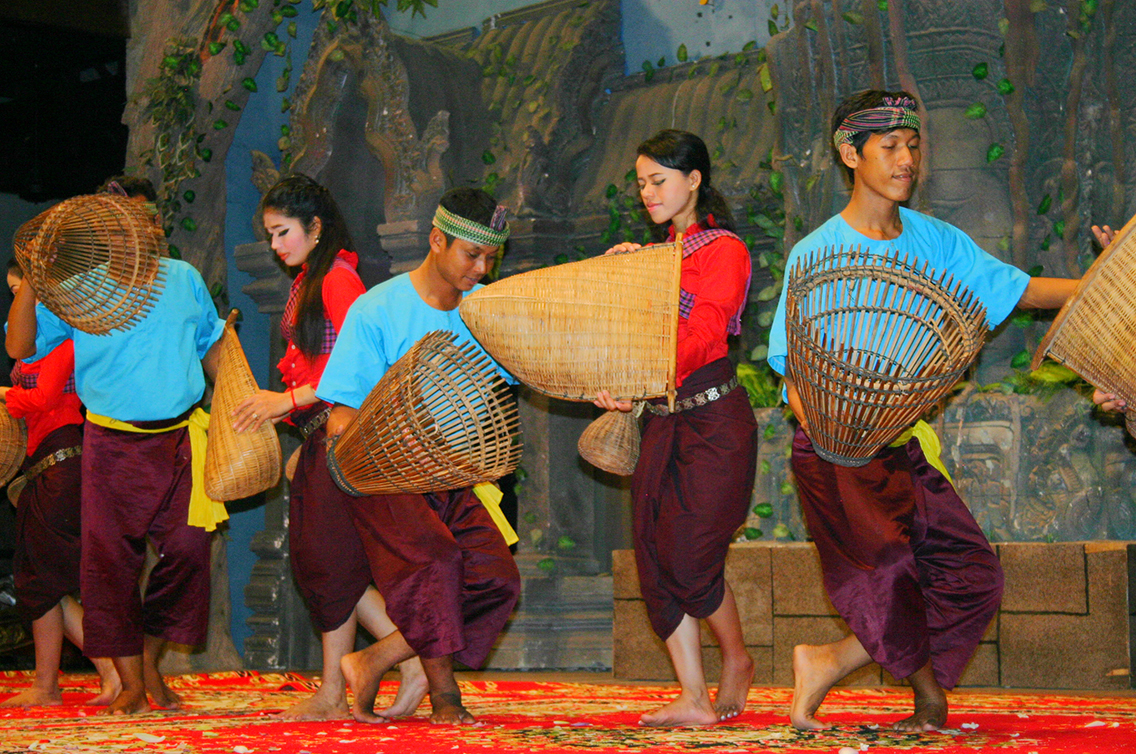
The arts and culture of the Philippines reflect a society with diverse cultural influences and traditions. The works of Filipino painters, writers, and musicians have taken inspiration from Malayan, Western, Islamic, Spanish, and American forms, but have imbued with distinctly Filipino themes. Despite hundreds of years of foreign rule, our Malay cultural tradition lives. You will see that traditional dance, music, and sculpture has remained intact particularly in Muslim and upland tribal groups. Take time to visit our libraries, museums, and parks – national and provincial – and dance with us in festive fiestas and fluvial parades to see and appreciate the richness of our heritage.
Religion
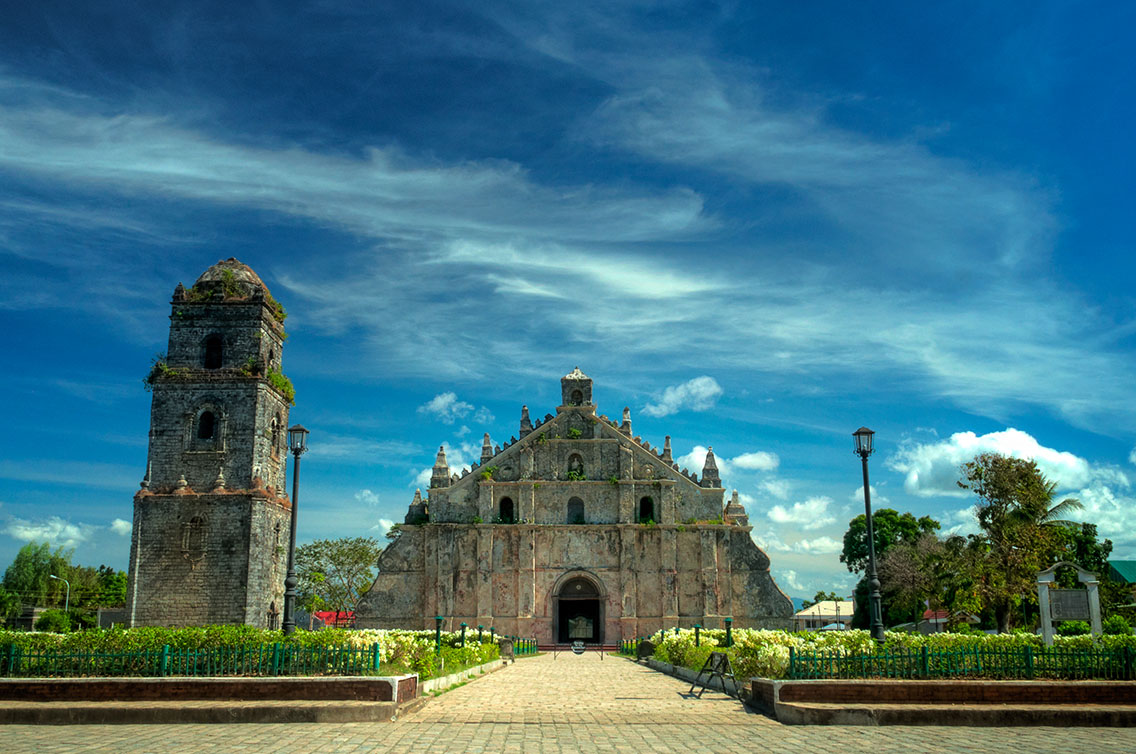
Christianity is our main religion, with Roman Catholicism making up approximately 83% of our population. The Philippines is in fact the only Catholic nation in Asia. As such, you will notice that most Filipino families observe Sundays as a holy day of obligation. Filipino Catholics hear mass together and spend time with family going to church. Most Filipino elders are also very religious, frequently praying and offering their thanks and sacrifices to God. Other religions include Islam, Buddhism, and Hinduism. Throughout the year we also observe religious holidays, including Eid al-Fitr and Eid al-Adha to join our Muslim brothers in their holy celebration.
Food
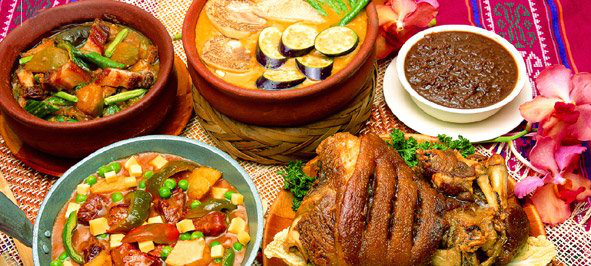
Thanks to Filipinos’ love of food, you will not run out of options for your meals. You will get a buffet of choices – first class restaurants with world-class chefs, world cuisine, family-style dining places, simple grilleries, ‘carinderia’, cafeterias, and food court stalls. ‘Halal’ and kosher food are also available. Healthful, natural, and organic food products are also gaining popularity. Major supermarkets and selected dining establishments now carry a wide range of organically-grown fruits, vegetables, condiments, and grains to satisfy the cravings of the health-conscious.
On any given day we recommend that you try real, fresh, and delectable Filipino food. We have some of the best seafood in the world like oysters, tuna, and milkfish and the freshest varieties of fruits for local consumption and export like coconut, mango, and banana. Our style of cooking has been influenced by our neighbors and other cultures that were once captivated by our country’s resources. Ours is a mixed cuisine of Malay, Indian, Spanish, Chinese, and American. For the meat lovers you will never go wrong with adobo, sinigang, lechon, sisig, crispy pata, kare-kare, bulalo, and tapa. For the vegetarians, regional prides like laing and pinakbet are hard to miss. For your sweet tooth, halo-halo, taho, halayang ube, and leche flan are your best bets. And for the brave of heart, the mind-boggling balut or duck embryo is a must-try. Add our street food varieties, which prove that nothing gets wasted in Filipino cuisine: chicken feet, pork and chicken intestine, and chicken head. Ranked by a CNN survey as the second best destination for food, Filipino cuisine is something you will find unique, but definitely worth trying.
Tourism

The Philippines can provide you endless choices of world-class destinations that will bring you closer to Mother Nature with clean, fresh air and spectacular sceneries. If you are a beach bum, you will be delighted to know that the country has 7,107 islands. There’s at least one island to suit every older adult’s taste, from marooned slicks of sand in the middle of the ocean to sprawling mega-islands like Luzon and Mindanao. If you love to dive – or want to try it – head straight to the Visayas, where island-hopping opportunities abound and the perfect beach takes many forms. You will find that diving rates are super affordable here. If you are the more adventurous traveler, you can pitch a tent on a deserted stretch of coastline. Befriend the local boatman, who is almost always also a fisherman, and you will get the freshest seafood for less than half of its market price.
From kayaking to kiteboarding to canoeing to spelunking to surfing to rafting to wakeboarding – you name every adventure you always wanted to try and we have it! If you want to go back to land, trekking, hiking, and rock climbing are some of your options. Tell us where you want to go and what you want to do – there’s always an island, a city, or an activity we can recommend for you!
Sports and Entertainment
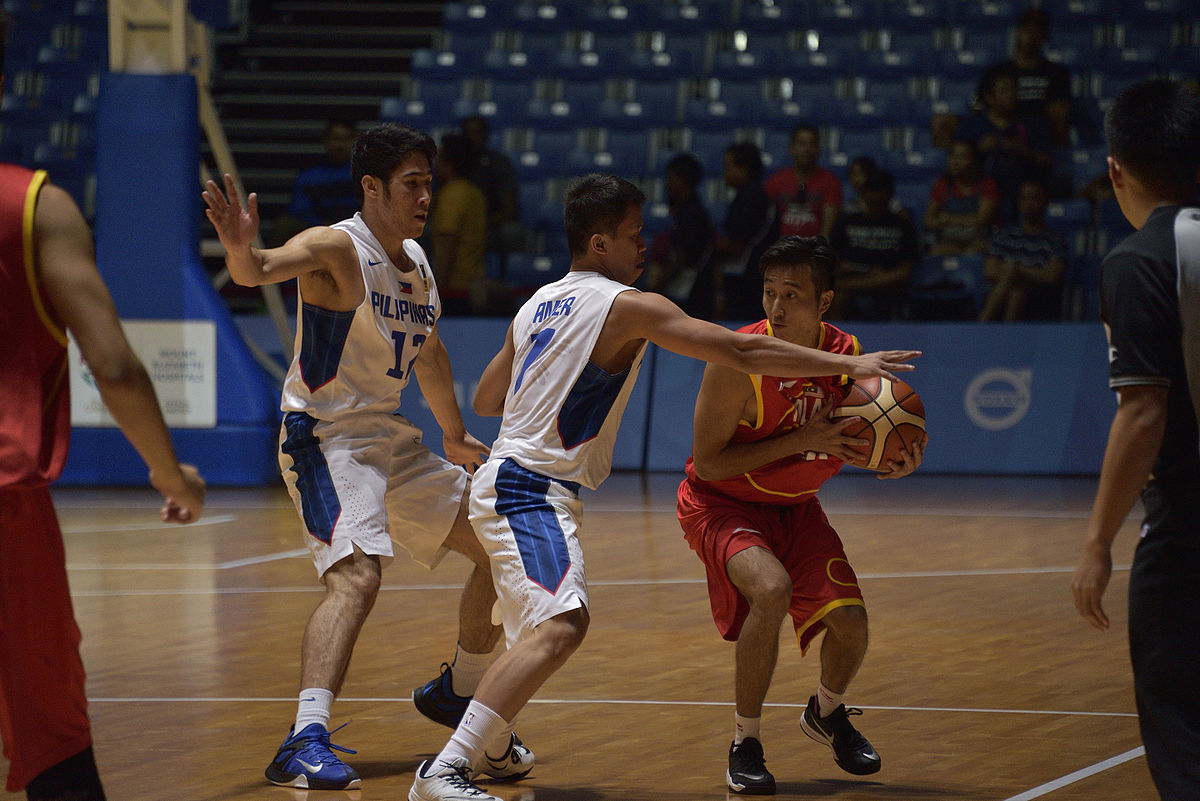
Folk dancing and cinemas during the day, pubs and concerts during the night – entertainment wise, there are plenty of options to be entertained in the Philippines. The cities offer a wide variety of entertainment to suit your taste. You can catch local and American films at a nearby cinema or enjoy a cultural show, musical, comedy, and classic plays in the capital city, Manila. If you seek a more relaxed night out, the soothing sound of saxophone can jazz up your mood in jazz clubs. And if you’re feeling lucky, head to the local casino in the city or the large casino complexes in Manila.
With Manny Pacquiao, Efren ‘Bata’ Reyes, and Gilas Pilipinas, the Philippines has gradually become a popular sports country. The top five sports are basketball, boxing, football, billiards, and volleyball. You can watch these games live in the capital city with roughly $10 in your pocket. Whenever Manny Pacquiao has a fight, you can expect incredibly peaceful streets because everyone’s glued to their television, cheering for their hero. You can witness Filipino pride at its best during his intense boxing matches.
Shopping
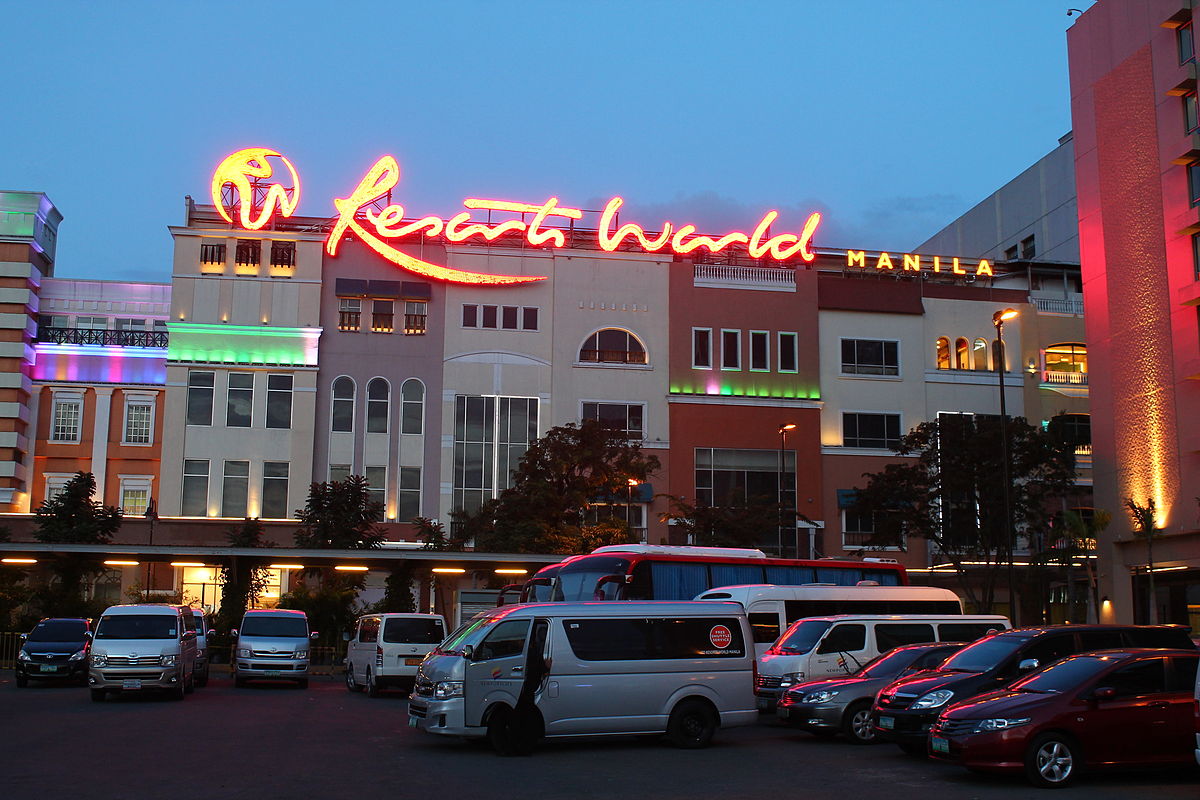
With great finds and affordable prices, you will find shopping enjoyable in the Philippines. Every capital of the country has a shopping center, for sure. Whether you find yourself in the city, in the local market, in the middle of a beautiful island resort, or even relaxing in an outrigger boat, you can always go for some casual retail therapy. If you are a keen shopper who is willing to spend the whole day finding something to buy, shopping malls will surely keep you occupied. Try the local mall in the city or if you want to go big, there’s SM Mall of Asia in Pasay City or SM North in Quezon City, notably two of the biggest malls in the world. For more upscale options, there’s Greenbelt and Power Plant Mall in Makati City and SM Aura in Taguig City. If you enjoy bargain-hunting, Divisoria in Manila City, Baclaran in Paranaque City, and Greenhills in Mandaluyong City will give you blocks and blocks of no-frills bargain-shopping. Each key city or province has its own ‘tiangge’ (flea market) that you can explore as well. You will surely find it hard to leave empty-handed.
